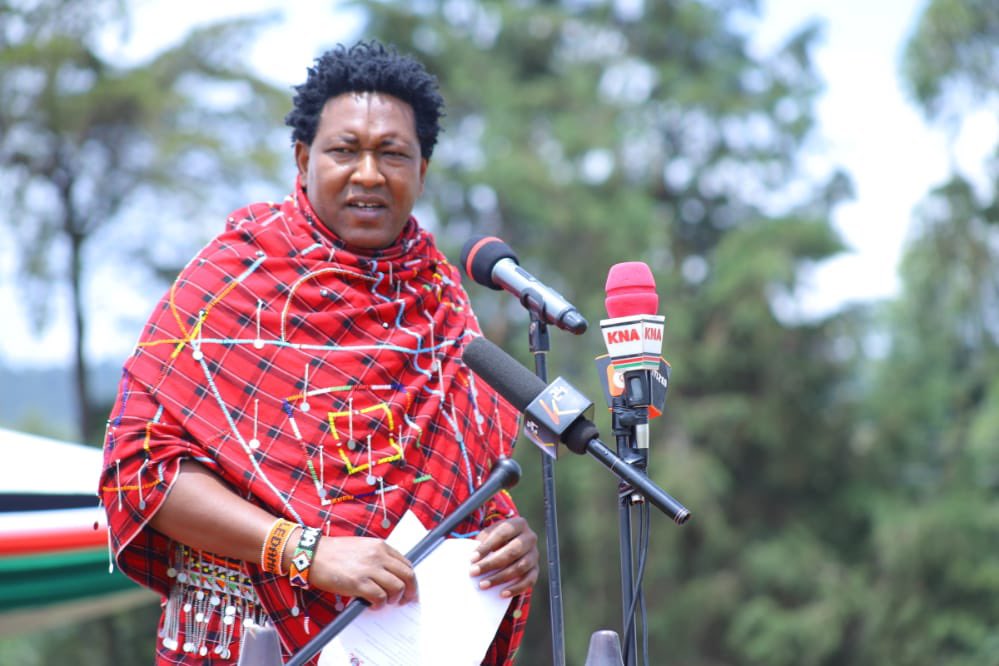Kenya taps Sh8.8b Opec debt, local bonds rev up

Kenya’s national debt now stands at Sh11.02 trillion, with Treasury still actively seeking and securing new loans from external lenders, while being active in the local bond market.
The country secured a €60 million (Sh8.86 billion) facility from the Organization of Petroleum Exporting Countries (OPEC), marking its first external loan deal since the government publicly declared a shift toward domestic borrowing as part of its debt management strategy, at a time the president is yet to finalise his trip in China, where he is likely to raise more funds.
Over the past three months, Kenya has secured more than Sh150.3 billion from its domestic bond market, in what had reflected a strategic shift towards local borrowing amid tightening external financing conditions.
Treasury Cabinet Secretary John Mbadi announced the deal during his official trip to Washington, D.C., stating that the deal was signed with OPEC Fund President Dr. Abdulhamid Alkhalifa.
“Signed a EUR 60 million financial agreement with the OPEC Fund president DR: Abdulhamid Alkhalifa for the economic transformation and green Recovery support Programme,” he said via his X account. The loan, he said, is policy-based and will support Kenya’s Vision 2030 and the BETA economic transformation plan, with a specific focus on green recovery. However, details regarding the terms and conditions of the new loan have not been disclosed.
The push for green recovery aligns with recent commitments by local banks to embrace global sustainability reporting standards, which will potentially unlock access to affordable green financing.
This could pave the way for targeted investments across various sectors including energy, agriculture, and manufacturing. However, the timing of this new borrowing raises questions, especially as the country grapples with pressing repayment obligations on its already ballooning external debt.
Huge economic challenge
A vocal economist who also serves as a politician recently remarked during a public forum in Nairobi that Kenya is dangerously close to a financial cliff. “If we do not become more prudent in the several months to come, we are likely to have a very big problem with our debt,” the economist said during an event at a Nairobi Hotel.
Nonetheless, Treasury insists the country is not at risk of default, instead arguing that the challenge lies in short-term liquidity and not overall debt sustainability.
Mbadi maintains that Kenya’s economy remains one of the strongest in the region, and that with strategic reforms and revenue improvements, the government will meet its financial obligations.
The OPEC deal coincides with fresh talks between the government and the International Monetary Fund over the possibility of entering the ninth review of its credit program. Kenya is eyeing a $3.6 billion (Sh464.4 billion) package under the Extended Fund Facility (EFF) and Extended Credit Facility (ECF) programs.
This renewed interest in external borrowing also comes even as the global funding environment tightens, largely due to shifting policies under the new U.S. administration.
Many developing countries, Kenya included, are beginning to feel the squeeze from cuts to foreign assistance programs that have historically supported key infrastructure and social development projects.
While the government insists these loans will be used to fund critical development programs, each new facility chips away at Treasury’s ambitious debt management targets. Mbadi has previously committed to reducing Kenya’s debt-to-GDP ratio from the current 65.7 percent to below the 55 percent benchmark, aiming for 52.8 percent over the next three years. However, each new borrowing deal—especially without clear terms or evident returns—makes that goal increasingly difficult to achieve.
As the country trudges forward with one foot in the green economy and the other caught in the debt trap, it remains to be seen whether the delicate balance between development and fiscal responsibility can be maintained. For now, the government continues to chase loans even as the weight of previous debts grows heavier with each passing quarter.













